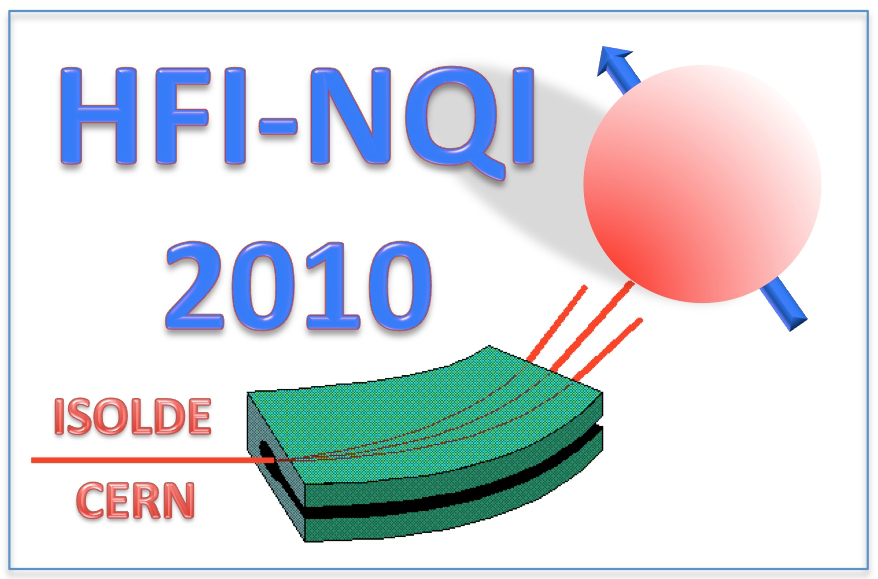Speaker
venkatachalapathy ramdoss
(CAS in Marine Biology,Annamalai University, Parangipettai-6080502,INDIA)
Description
Mössbauer Spectroscopy is extremely sensitive to minute changes in the chemical environment and provides a means of investigating the chemical states in which atoms reside with incredible resolution. Since iron is common in virtually all clays, Mössbauer spectroscopy provides a method to analyse many of the chemical states within ceramics. This technique has become an increasingly useful tool to archaeologists and also questions related to the provenance and manufacture of ancient pottery. For the present study, the archaeological pottery samples from Modur (Lat 12º 13’N; Lon 78º 10’E) and Andipatti (Lat 12º 13’N; Lon 78º 44’E), Tamilnadu, India, have been subjected to Mössbauer spectroscopic and mineral magnetic measurements. A knowledge of the state of the iron in fired potteries, under which conditions, it was fired, like the firing temperature, the oxidizing or reducing character of the kiln atmosphere and colouring mechanism has been well established. Rock magnetic measurements have also been carried out in order to identify the magnetic minerals present, which are responsible for the record of ancient geomagnetic field intensity. From the suitable samples the paleointensity values are estimated.
Keywords: Mössbauer, Magnetic properties, Pottery shreds
| Are you a student, a delegate from developing countries or a participant with physical needs and would like to apply for a sponsored accomodation. Please answer with yes or no. | yes |
|---|
Author
venkatachalapathy ramdoss
(CAS in Marine Biology,Annamalai University, Parangipettai-6080502,INDIA)
Co-authors
Dr
Ilango Ramasamy
(Department of Physics, Government Arts College (Men), Krishnagiri-635 001,India)
Dr
Manoharan Chellachamy
(Department of Physics, Annamalai University, Annamalainagar- 608 002, India.)
Dr
Radhakrishna Thalavaja
(Center for Earth Science Studies,Akkulam, Trivandrum . 695 031, India.)
